Moon (Earth)
Contents
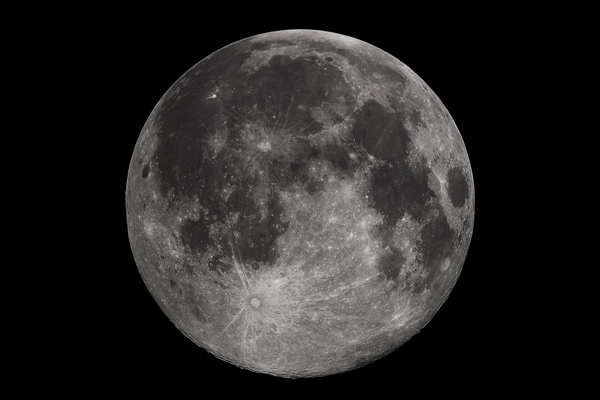 Full Moon as seen from Earth's northern hemisphere / wikimedia.org
Full Moon as seen from Earth's northern hemisphere / wikimedia.orgFrom being worshiped around the world as a God/Goddess to being used as a method to calculate the passage of time such as the lunar calendar, the moon has been a major influence on the human culture since the dawn of man. It has been a prominent feature in Earth's night sky effecting its weather and tides while influencing the imaginations of mankind's mind for 4.53 billion years.
Discovery
The moon has always been known by mankind. Cave drawings from the paleolithic showed priest keeping track of lunar cycles for religious ceremonies and other activities. Bones dating back to approximately 32,000 B.C. had been engraved with markings representing the phases of the moon. This was the first physical evidence of a lunar calendar. Approximately 6,000 B.C. the ancient Egyptians kept track of the moons cycle for planting and harvest purposes because they recognized the influence of the moon on the tides of the Nile River. No part of history or culture has the moon not had some sort of influence on mankind.
Position to Earth
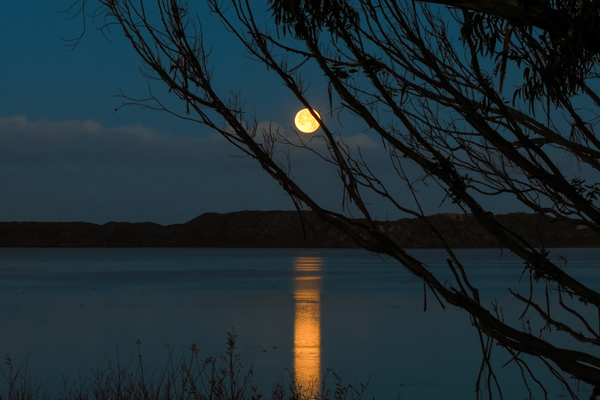 Moonset / wikimedia.org
Moonset / wikimedia.orgEarth's moon is in a tidal locked position, we only see one side of the moon from Earth's surface, at a distance of 384 thousand km (239 thousand miles). It has a synchronized orbit with Earth in that it rotates on its axis at a similar rate to its orbit around the Earth. This causes for the same face of the moon to be seen at all times from Earth. Hence the term "dark side of the moon" as is heard on many occasions. It was not until within the last 50 to 60 years that this unseen part of the moon has been mapped. Unlike most satellites and moons, Earth's moon follows a ecliptic orbit rather than an equatorial one.
To explain and ecliptic orbit, image a globe like one in a classroom. If you sit the globe so that it's North and South poles are pointing straight up and down, there is a line around the center of the globe that is the equator. If the moon followed that line in its orbit, it would be in an equatorial orbit around the Earth. However, the Earth is on an axial tilt of 23.44°, so if you place the globe back to its right position where it is tilted but do not change the position of the moons orbit around as it was before, the moon is now in an ecliptic orbit around the Earth as it crosses the equator but does not follow it.
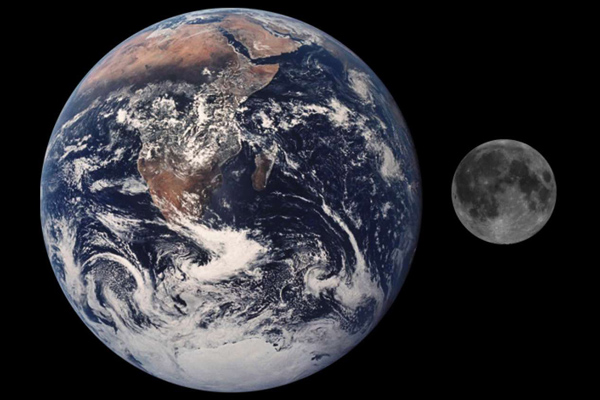 Moon compared to Earth / wikimedia.org
Moon compared to Earth / wikimedia.orgAnother oddity about Earth's moon is that it is relatively large in consideration of its parent planet at a quarter of Earth's diameter. It is only because of the Earth and Moon's barycenter, center of mass of two or more bodies, that the Moon is considered Earth's satellite rather than a binary planet system. Of course, it is also because this an unofficial classification that the IAU (International Astrological Union) does not recognized. Otherwise, other planet-satellite groups such as Pluto and Charon would be considered a binary planet system as well.
Earth's moon has a strong impact on its ocean currents and tides. This is where the term "tidal forces" had been coined. As the moon moves about on its orbit around the Earth, its gravitational pull pulls along the water on the Earth's surface. This can be seen if you watch the tides coming in and out along the shore. The closer the moon is in its orbit, the stronger its pull, as the moon pulls away its influence weakens. This accounts for the seasonal changes in the tides as well. Although the sun plays its part in this, the moons close proximity to Earth gives it the strongest effect.
Internal Structure
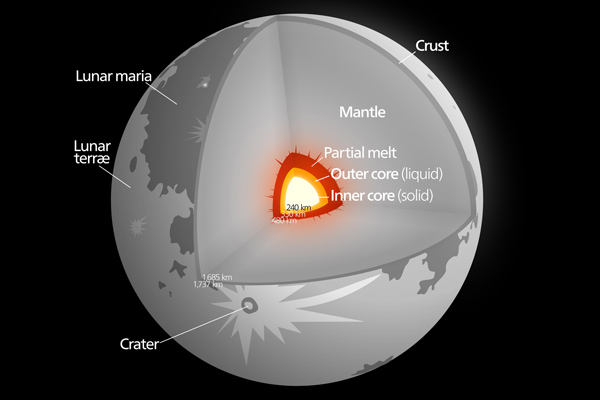 Internal Structure of the Moon / wikimedia.org
Internal Structure of the Moon / wikimedia.orgThe Core. The Moon is what scientist call a differentiated body in that it has a geochemical (the science dealing with the chemical changes in and the composition of planetary crust) distinct crust, mantle, and core. The core is believed to be similar to Earths in that it is both a inner solid iron rich core with an approximate radius of 240 km (150 miles) and a liquid iron outer core approximately 300 km (190 miles) radius. Surrounding this is a partially melted (thicker than magma) boundary layer approximately 500 km (310 miles) in radius, that lays between the core and the mantle.
The Mantle of the moon is approximately 997.8 km (620 miles) and consist of two layers. These two layers are the Rigid Lithosphere (upper mantle) which is not hot enough to be fluid and the athenosphere (lower mantle) which is higher in temperatures and slightly more fluid than the rigid lithosphere. Within the athenosphere seismic waves which cause quakes occur giving the idea that geological activity is present on the moon.
The Crust of the moon consist primarily of what is called regolith. A regolith is a type of dust, rocky material that resembles crushed concrete which had been fused together. It is approximate 60 km (37 miles) thick on the Earth facing side and 100 km (62 miles) thick on the sun facing side. It contains the same mineral content that Earth's crust does, but it is higher in aluminum and titanium than Earth.
Surface/Geography
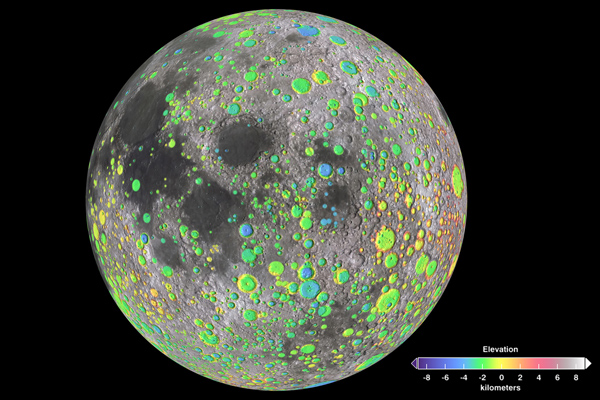 Craters on the Moon, image centered on 70 degrees E. / nasa.gov
Craters on the Moon, image centered on 70 degrees E. / nasa.govThe moon is heavily cratered throughout its surface, more so on its "dark" side than the side facing Earth. These craters are believed to have been caused by impacts from past meteors and asteroids during its earlier stages. It is believed that heavy bombardment discontinued approximately 3 billion years ago but there are still light impacts that occur such as the March 17, 2013 impact.
There is water located within the impact craters on the moons surface which are in a frozen state. Evidence of water molecules were found in the atmosphere of the moon which prompted scientist to look closer for possible water on the moon. Images returned by Chandrayaan-1 in 2010 of the moons Northern poles showed 600 million metric tonnes of water ice on the surface. This discovery was significant as this increases the probability of habitation on the moon in the future.
Magma also exist on the moon, however, because it is much more dense than the surrounding rock, it does not erupt to the surface. In the moons early stages it had volcanic activity but because it cooled to quickly, the magma ceased to push upward onto the surface.
Atmosphere/Climate
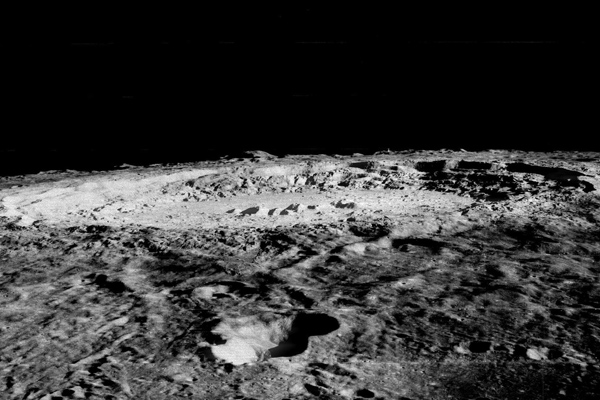 Copernicus crater on the Moon / nasa.gov
Copernicus crater on the Moon / nasa.govFor much of history, it was believed that there was no atmosphere. However, recent studies have concluded that there is in fact an atmosphere, it is just extremely thin. This atmosphere is 100 molecules per cubic centimeter where as Earth's atmosphere is 100 billion billion molecules per cubic centimeter. It is by no means breathable and is still considered a vacuum as a result. It consist of primarily the gases helium, argon, sodium, potassium, ammonia, methane, carbon dioxide, and possibly neon.
Because of the lack of atmosphere, there is no climate really to mention on the moon. Other than reaching temperatures of 123°C (253°F) on the "day" side and plummeting as low as -153°C (-243°F) on the "night" side.
Exploration
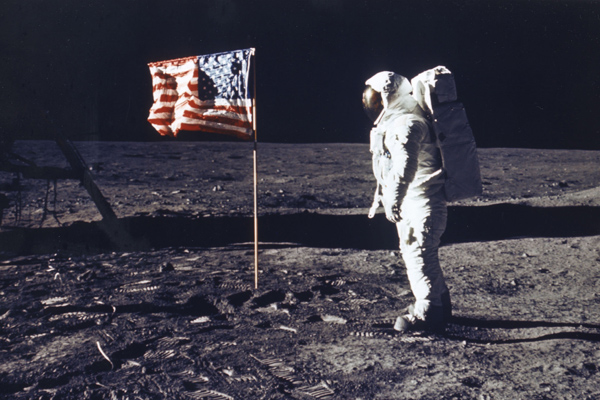 Buzz Aldrin is photographed by Neil Armstrong on the Moon / nasa.gov
Buzz Aldrin is photographed by Neil Armstrong on the Moon / nasa.govTo date, there have been over a 100 missions to the moon since 1958 and 21 missions proposed or under development for the next four years. Some of the most notable are the Luna 2 which was the first spacecraft to reach the surface of the moon in 1959, Luna 3 was the first to see and send back images of the far side of the moon in 1959. Apollo 11 which not only successfully landed on the moon but was a manned spacecraft in which Neil Armstrong became the first human to ever set foot on another world in 1969.
Luna 16 was the first successful spacecraft to collect samples of rocks and return them to Earth in 1970, and Chandrayaan-1 discovered water ice on the moon in 2008. The 21 missions that have been proposed or are under development are being run by various agencies in hopes of gaining enough knowledge to implement a plan to erect a base on the moon in the near future.
See also: All satellites and moons, Earth, Objects
Video Gallery

-
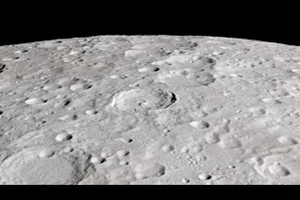 NASA - Tour of the Moon
NASA - Tour of the Moon
-
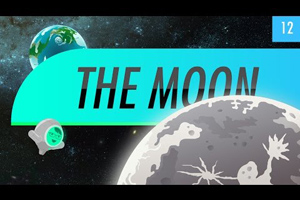 The Moon: Crash Course Astronomy
The Moon: Crash Course Astronomy
-
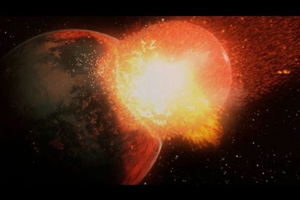 Birth of the Moon
Birth of the Moon
-
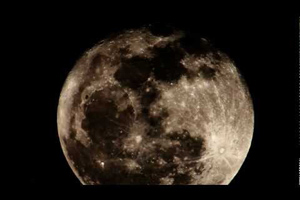 Huge Full Moon Rise
Huge Full Moon Rise